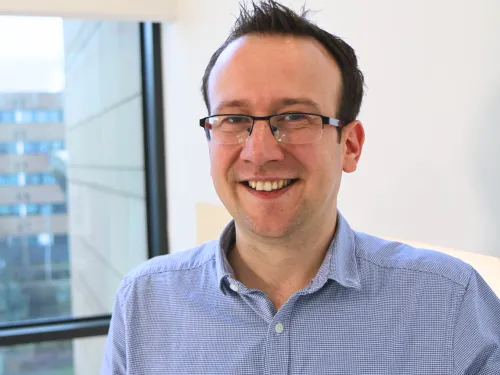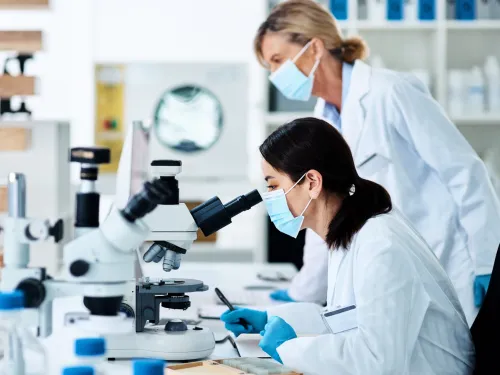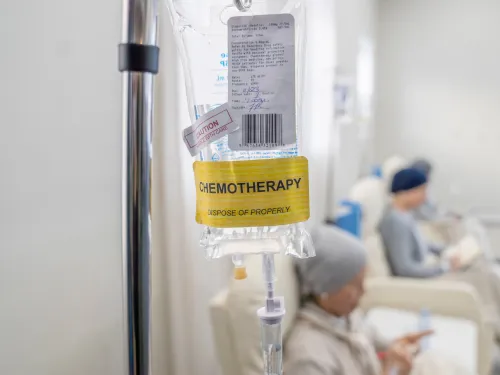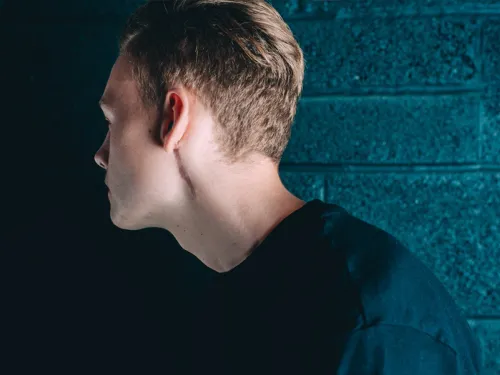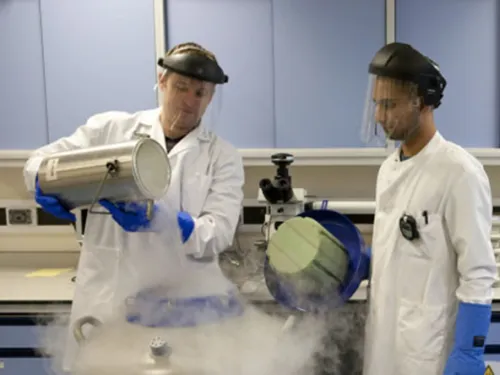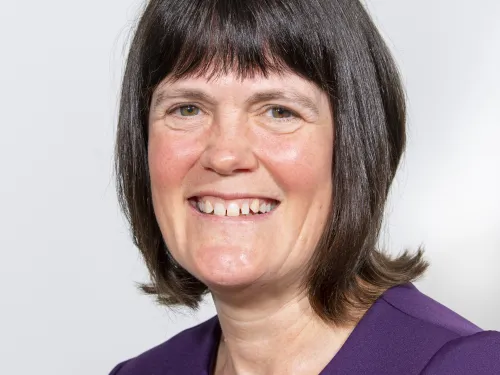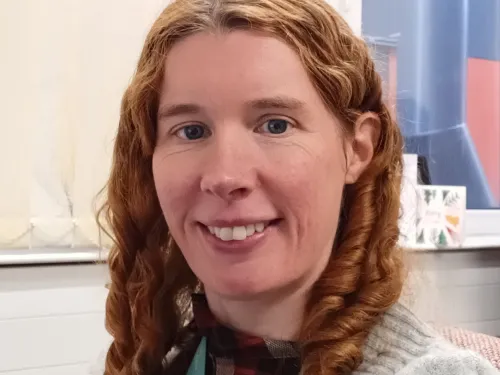
What is quality of life and how can childhood cancer doctors measure it?
One of the most interesting things about quality of life is that it is different for everyone. It depends on your values, culture, and expectations. So, how can we learn what matters to children?


